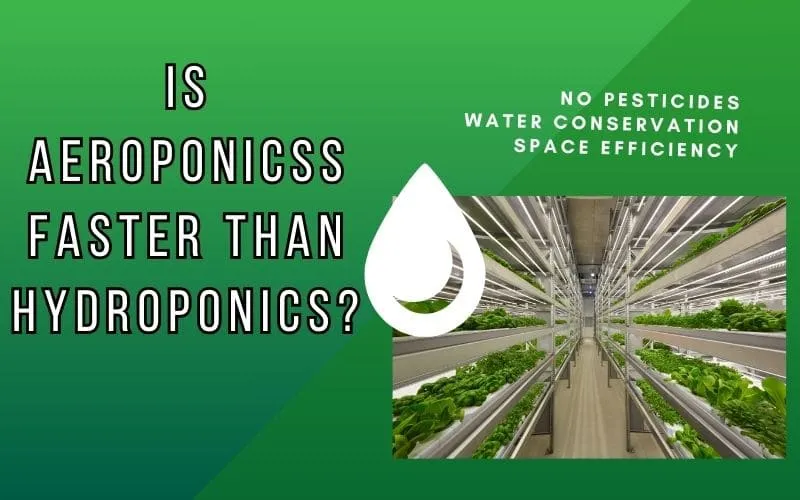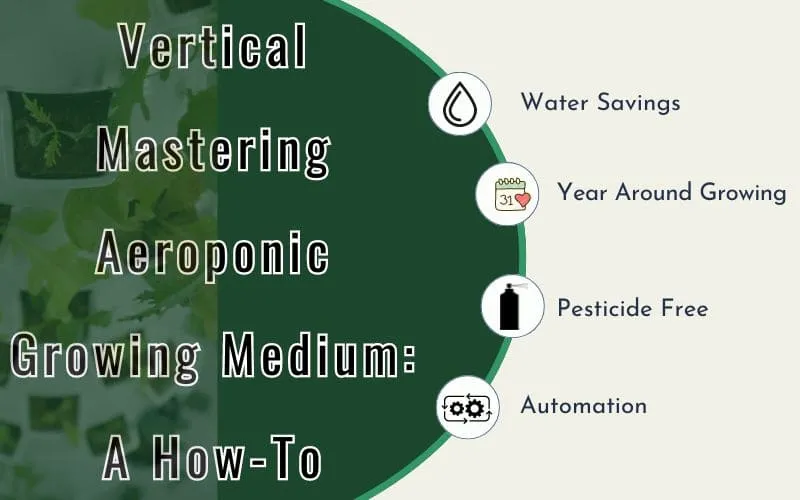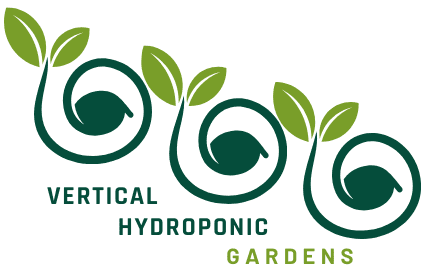What is vertical Aeroponics?

Introduction
Welcome to our comprehensive guide on Vertical Aeroponics – an innovative and space-saving way to grow plants. If you’ve ever wondered about vertical hydroponic gardens and the benefits they offer, you’re in the right place. In this article, we’ll explore the answer to the question ‘What is vertical Aeroponics?’, delve into the benefits of this farming system, discuss its components, compare it with other cultivation methods, and provide insights into its maintenance and management. By the end of this read, you’ll have a deep understanding of Vertical Aeroponics and its role in modern agriculture.
Answer to the Question
Vertical Aeroponics is a soilless growing technique that allows plants to grow vertically, utilizing minimal space and optimal nutrient delivery. In simpler terms, it’s a method of growing plants in an air or mist environment without the use of soil. This innovative system is designed to maximize plant growth in a controlled and efficient manner, making it an ideal solution for limited space or urban agriculture.
Benefits of Vertical Aeroponics
Vertical Aeroponics offers a multitude of benefits that make it an attractive choice for modern agriculture. Some of these benefits include:
- Maximized Space Efficiency: Vertical Aeroponics allows for high-density planting, making it suitable for urban environments and small spaces.
- Reduced Water Usage: This system utilizes water more efficiently than traditional farming methods, leading to water conservation.
- Faster Growth and Higher Yields: The controlled nutrient delivery and oxygenation of plant roots result in accelerated growth and increased crop yields.
- Year-Round Production: Vertical Aeroponics enables continuous and consistent plant growth, independent of seasonal changes.
- Nutrient Optimization: Plants receive an optimal balance of nutrients through a fine mist, promoting healthier and more robust growth.
Vertical Aeroponics System Components
Vertical Aeroponics systems are composed of several key components, each playing a crucial role in creating an optimal environment for plant growth and maximizing the efficiency of the system. Let’s take a closer look at these components:
- Aeroponic Mist Delivery System
- An aeroponic mist delivery system is designed to deliver a fine mist of nutrient solution directly to the plant’s roots. This method ensures that the roots receive an ample supply of nutrients and oxygen, promoting rapid and healthy growth.
- Growth Chambers
- In a vertical aeroponics system, growth chambers provide an enclosed space for plant growth. These chambers are designed to optimize space utilization while maintaining an ideal environment for the plants, including controlled lighting and ventilation.
- Nutrient Reservoir
- The nutrient reservoir is a crucial component that stores the nutrient solution used in the aeroponic system. It provides a constant supply of nutrients to the plants and allows for easy monitoring and adjustment of nutrient levels.
- Pump and Irrigation System
- The pump and irrigation system work together to deliver the nutrient solution from the reservoir to the misting devices in the growth chambers. This automated system ensures efficient nutrient distribution and proper hydration for the plants.
- Controlled Environment (Light and Temperature Control)
- Creating a controlled environment is essential for maximizing plant growth and yield. Vertical aeroponics systems incorporate advanced light and temperature control mechanisms to provide the optimal conditions for plant development throughout the growth cycle.
These components collectively contribute to the success of vertical aeroponics systems, offering a sustainable and efficient approach to plant cultivation.
Comparison with Other Cultivation Methods
When compared to traditional soil-based farming and even other hydroponic techniques, Vertical Aeroponics stands out in several ways:
- Space Utilization: Vertical Aeroponics maximizes the use of available space, especially in urban and indoor settings.
- Water Efficiency: This method significantly reduces water usage compared to traditional farming, making it a sustainable choice.
- Nutrient Delivery: Aeroponics ensures precise and efficient nutrient delivery, promoting faster growth and healthier plants.
- Year-Round Production: Unlike outdoor farming, Vertical Aeroponics enables consistent crop production regardless of the season.
- Pest and Disease Control: The controlled environment minimizes the risk of pests and diseases affecting the crops.
Maintenance and Management of Vertical Aeroponics
Vertical Aeroponics systems require careful attention and maintenance to ensure optimal plant growth and productivity. The following key aspects of maintenance are crucial to the success of Vertical Aeroponics:
- Regular System Inspections and Cleaning: Routinely inspect the system for clogs, leaks, or any signs of damage. Thoroughly clean the nozzles, pipes, and reservoir to prevent blockages and ensure consistent nutrient delivery.
- Monitoring Nutrient Levels: It is essential to regularly check the nutrient solution for pH levels, EC (electrical conductivity), and nutrient concentration. Adjust the nutrient solution as needed to maintain the ideal growing conditions for the plants.
- Adjusting Light and Temperature Settings: Carefully monitor the light intensity and duration, as well as the temperature within the growing environment. Make adjustments to optimize the light and temperature conditions for the specific plant species being cultivated.
- Pest and Disease Prevention: Implement proactive measures to prevent pests and diseases, such as using beneficial insects, organic pest control methods, and maintaining a clean growing environment.
- Periodic Equipment Maintenance: Regularly maintain all components of the Vertical Aeroponics system, including pumps, timers, and sensors. Replace any worn-out or damaged parts to ensure the continuous and efficient operation of the system.
By meticulously addressing these factors, Vertical Aeroponics can be a highly efficient and productive method of cultivating a wide range of plants, from leafy greens to fruiting crops.
Conclusion
Vertical Aeroponics presents a modern and efficient approach to farming that addresses space limitations, water conservation, and sustainable crop production. With its innovative system components and numerous benefits, Vertical Aeroponics is well-suited for urban and indoor agriculture, offering a promising solution for the future of food production.



